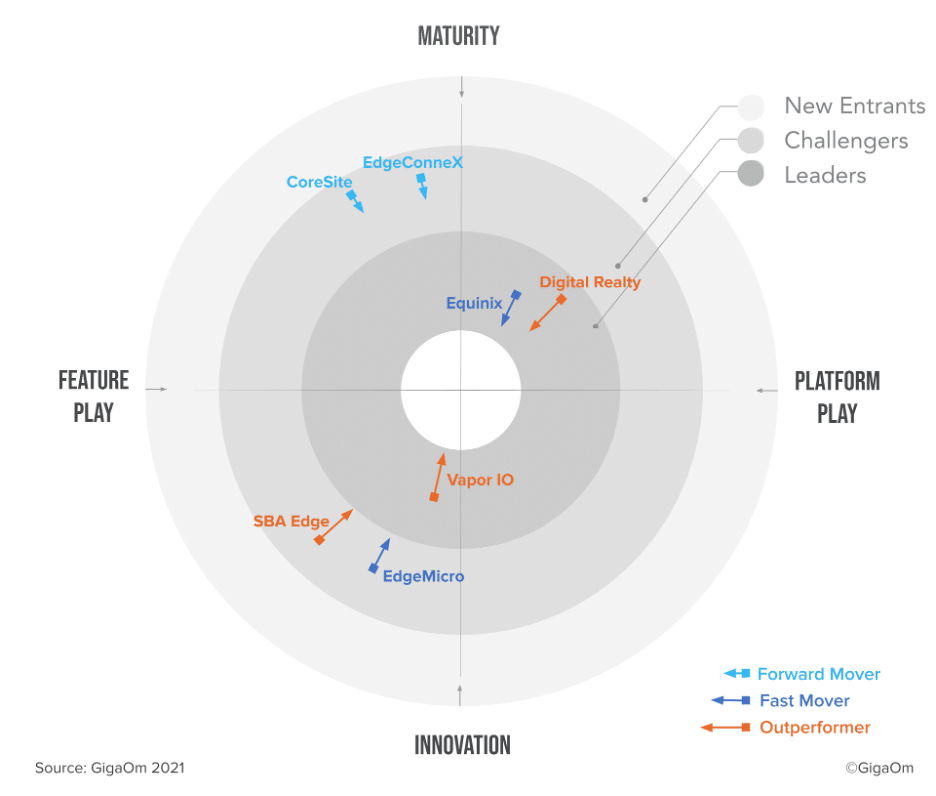Over the past twenty years, we have seen an incredible rise in the number of mobile devices using wireless networks. Powerful mobile devices such as smartphones and tablets are now the primary method for most of us to access the internet, and to connect with the people, content and things we care about across both cellular and Wi-Fi networks, all over the world today.
In this period of time, the capabilities of our mobile devices have increased exponentially. What was once a simple mobile phone dedicated to voice calls and the occasional text message has now evolved into a highly sophisticated mobile computer, capable of almost any task. As well, the capabilities of the server infrastructure supporting these devices has also grown massively.
However, one thing has remained relatively static: the amount of available spectrum.
Video did not kill the radio star
As it turns out, the Buggles were only partly correct in their 1979 hit; TV may have overtaken radio as entertainment in the home, but today thanks to our insatiable need for wireless communications, radio spectrum is more valuable than ever. This is especially true for the desirable spectrum below 5 GHz, prized for its superior material penetration capabilities.
But frequency isn’t all there is to desirable spectrum; there’s also the matter of access rights. With unlicensed spectrum, such as much of the 5 GHz and 2.4 GHz bands, unlicensed use is the order of the day. Anyone with certified equipment can deploy and use equipment in these bands, wherever they are, regardless of any other nearby users. This makes for easy usage.
The problem is, it also makes for congested spectrum; and congested spectrum is a difficult medium over which to deliver performant, next-generation applications. Many cellular network operators have purchased exclusive rights to prime licensed spectrum, but this was typically acquired at the cost of several billions of dollars, a level of investment out of reach for many would-be operators and enterprises today.
The advent of CBRS
This is where the Citizens Broadband Radio Service, or CBRS, comes in. By utilizing valuable spectrum in the middle of the 3 GHz band, formerly used exclusively by US Navy radar, CBRS allows network operators new and old, big and small to access useful spectrum. This spectrum does not require a license, but supports tiers of users to allow for high-reliability applications.
CBRS is set to be the foundation of innovative 4G and 5G networks, and the impact of this new shared spectrum is going to be significant. Up to 150 MHz of untapped airwaves coming online is a significant opportunity for many players within the wireless ecosystem, from applications to infrastructure. And what’s more, it comes at a pivotal time for a supporting technology: the edge.
Infrastructure edge computing, driven by edge data centers, is the ideal platform for CBRS.
CBRS at the edge
Many of the applications that will be enabled by CBRS spectrum rely on real-time control and require the lowest possible latency between device and application, including autonomous vehicle pathfinding, real-time AR/VR, city-scale IoT systems and air traffic control for drones.
That CBRS and infrastructure edge computing are emerging at the same time is no accident. Combined, these two technologies represent a big step forward for the internet infrastructure that we all use today, combining the latest innovation of the wireless network with architecture for the network edge that is designed to provide unprecedented performance and cost benefits.
CBRS networks, more so than any other wireless networks beforehand, are set to be driven by software first and foremost. The CBRS Spectrum Access System (SAS) benefits from the low latency achievable by operating at the infrastructure edge, and the general-purpose compute resources provided by edge data centers are ideal to perform many vital 4G and 5G network functions in software as Virtualized Network Functions (VNFs), avoiding expensive hardware.
Federated Wireless and Vapor IO: CBRS at the edge
Federated Wireless is a pioneer in CBRS, with the industry’s first Spectrum Controller, delivering software-defined spectrum through a cloud-based SAS. The Controller protects any incumbent spectrum users with a redundant network of Environmental Sensing Capability (ESC) sensors, and provides lifecycle management tools with real-time visibility for optimizing CBRS services.
A Kinetic Edge Alliance member, Federated Wireless will bring their advanced software and systems for delivering 5G wireless services over CBRS spectrum to all Kinetic Edge locations. This includes the Spectrum Controller, combining the benefits of infrastructure edge computing including the lowest possible latency and distributed power with the leading CBRS SAS solution.
Through the Kinetic Edge, Vapor IO’s nationwide network of edge data centers, the Kinetic Edge Alliance alongside its deployment and technical partners is able to deliver the promise of CBRS.
For more information on Federated Wireless, see here.
For more information about the Kinetic Edge Alliance, including how to join, see here.
For more news, content, and information, follow us on Linkedin and Twitter.





